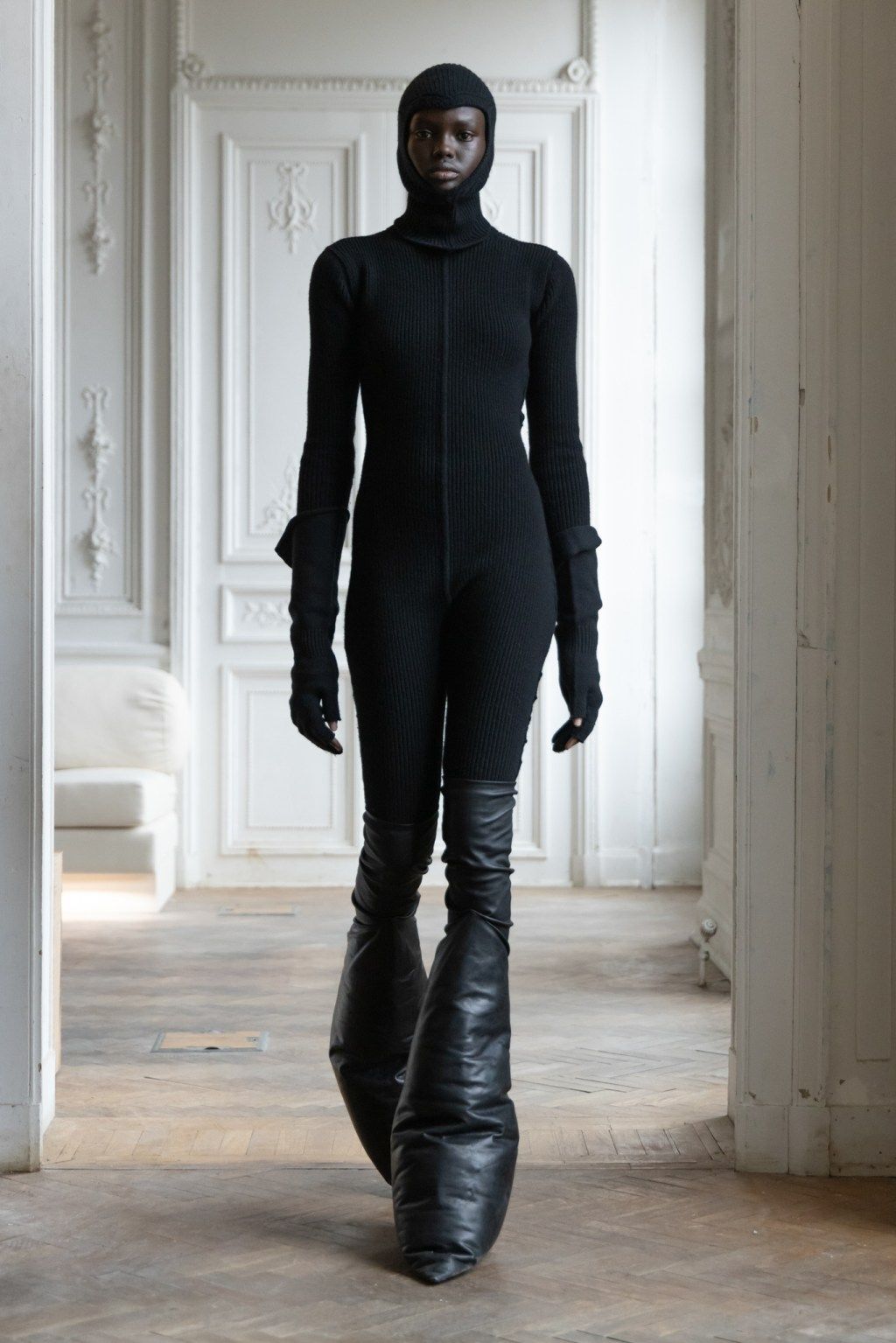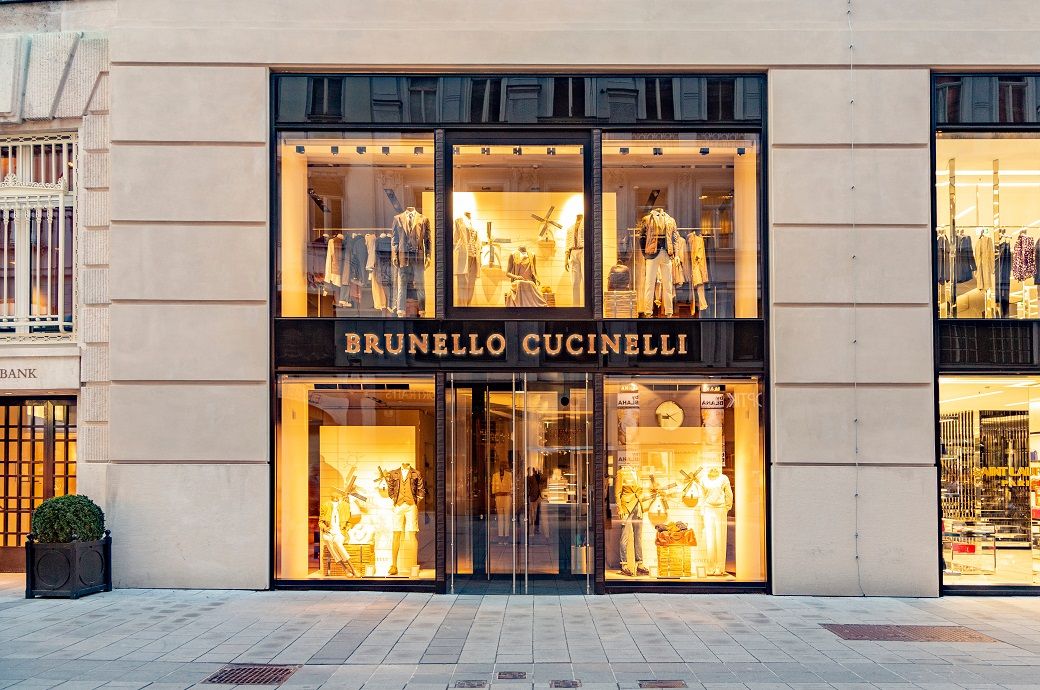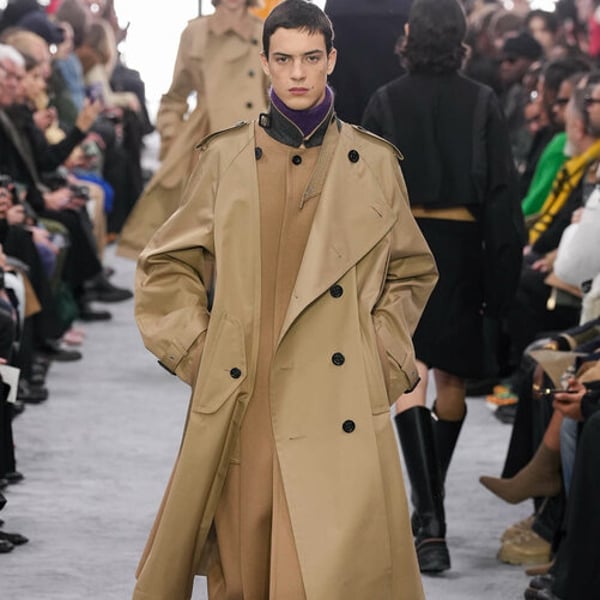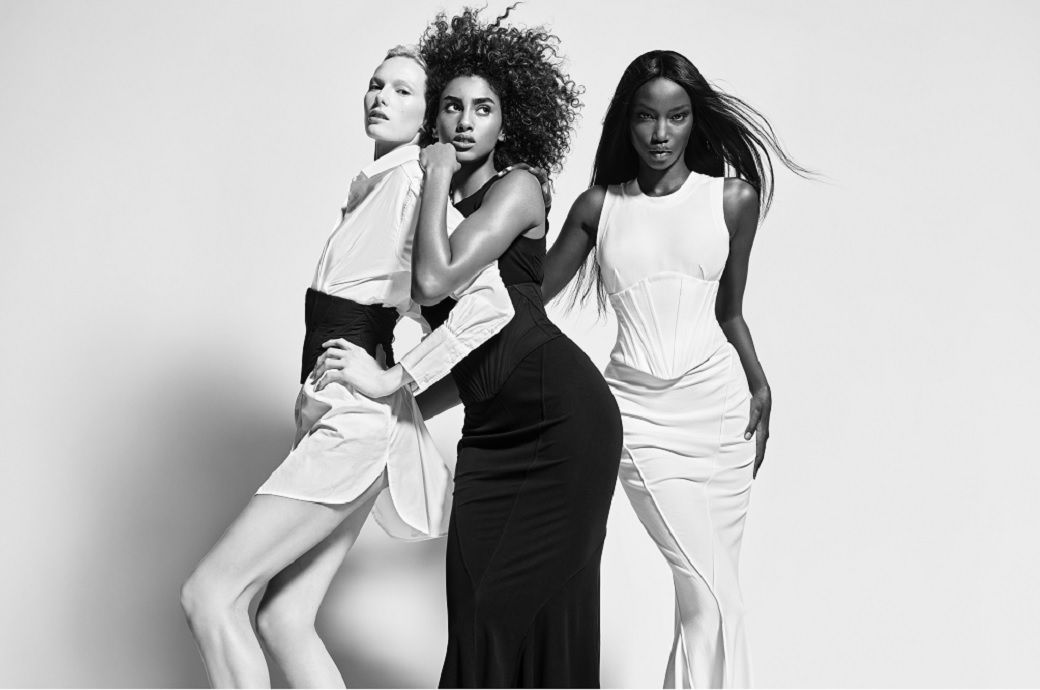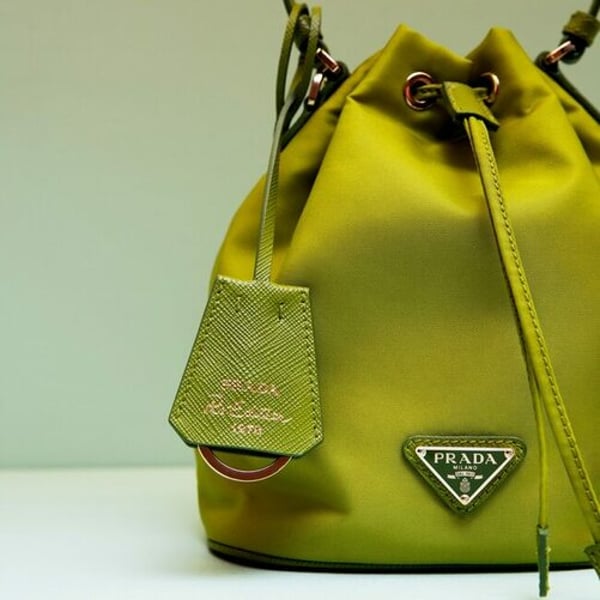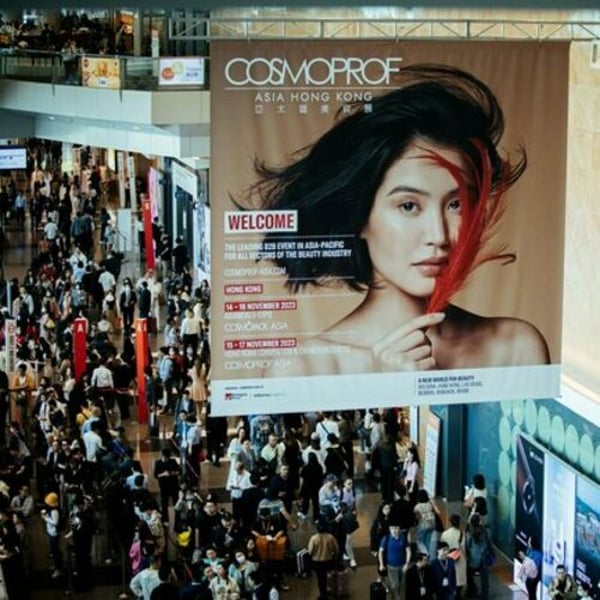Although the promotional tour for “Dune: Part Two” seems endless, keep it up so we can see Zendaya wearing one of Rick Owens' knitted earthworm dresses, or one of his hooded robes fit for an intergalactic empress.
The designer's fall collection could easily fit into any stylish sci-fi movie, and on Thursday, the line stirred strong emotions with its otherworldly beauty and dignity.
Owens will mark 30 years in the business in 2024 and, partly out of nostalgia, he repeated some of his early ideas when he started making clothes on Hollywood Boulevard in Los Angeles. These included heavy felt capes that he described as “part superhero, part sarcophagus, and part earthworm.”
Law Roach, are you listening to all this?
Back then, as in Thursday's gripping and moving show, Owens was thinking about particular aliens and spaceships, “something supernatural and creepy, but elegant and modest at the same time,” he reflected in a conversation before the exhibition, held at his majestic house. and the “work complex” on the Place du Palais-Bourbon, whose Parisian grandeur is somewhat neglected.
The look back was also a way for the American designer to emphasize that he has rarely deviated from his aesthetic ideals (Jugendstil, Brutalism and Art Deco), all represented here, with an unintentional portion of Brancusi in the padded leather boots and a stepped style. both are reminiscent of the works of the Romanian sculptor.
The 1927 film “Metropolis” has also been a forever touchstone and nurtured Owens' unique line of sci-fi couture, rendered primarily in humble colors like loden and powder brown, but also dusty plums, blues and mustard.
Much of the collection was knitted, and Owens repeated some of the winning looks from his fall men's show, including cropped pumpkin-shaped padded pants, sleek leather tunics, and Chewbacca-style furry outerwear.
When asked how his early alien superhero designs were received, Owens noted that he had a “strong shelf” at Henri Bendel in New York City, one of his first wholesale clients.
Without a doubt, it attracted attention. Owens recalled that a friend of his commented at the time that all of his clothes were “the color of a dying bird.”
The designer took it as a compliment: “I thought it was very poetic and beautiful.”
So, did your designs sell from the beginning?
“It kind of worked,” Owens said. “At first, we didn't sell many layers of felt, but we sold a lot of dying bird gauze.”
For more Paris Fashion Week reviews, click here.

